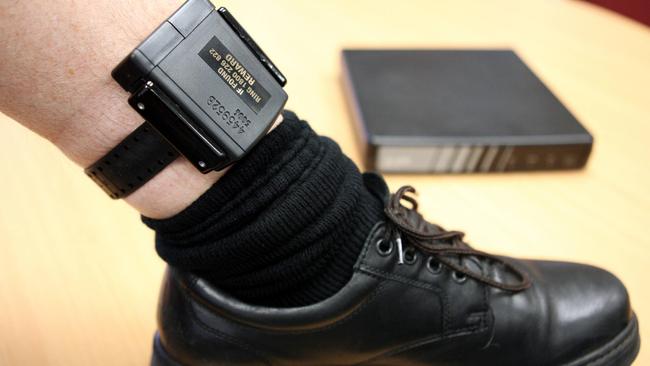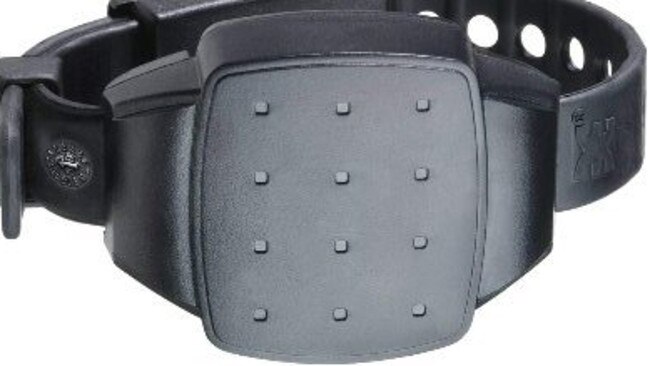Ankle devices allow victims to know offender whereabouts
TWO high-risk domestic violence offenders have become the first in the state to be fitted with tracking devices that warn their victims if they are nearby.

NSW
Don't miss out on the headlines from NSW. Followed categories will be added to My News.
TWO high-risk domestic violence offenders have become the first in the state to be fitted with tracking devices that warn their victims if they are nearby.
Both men were fitted with the devices after they served jail sentences.
Their former partners were also given GPS units as part of a state government trial exclusively revealed in The Sunday Telegraph last year aimed at reducing domestic violence reoffending by 5 per cent by 2019.
As part of the program, violent offenders will be fitted with a GPS anklet to ensure they do not come within designated exclusion zones.

Their victims are also given the option to carry their own device, which lets them know if their attacker is nearby.
One of the men was fitted with the device after his release from jail in September.
The other has been forced to wear the device since his release in late January. Both men, from the Newcastle area, are subject to apprehended domestic violence orders (AVOs) and the devices would also help to provide conclusive evidence of a breach of the conditions if they were to come near their victims.
Domestic Violence NSW CEO Moo Baulch said the program was “another piece of the puzzle”.
“I think people are really watching this space when it comes to this because we know that as quickly as there are advances in technology, people find ways to get around it and that’s my concern,” Ms Baulch said.
“It will be interesting to talk to the victims and find out whether it worked for them and gave them more of a sense of safety or whether it indeed makes them feel more aware and on edge.
“I think we will probably find that for some people, it will give them peace of mind and make them feel more comfortable, but it will not work for others.”
The devices, manufactured by a private company in the UK, have previously only been used for high-risk parolees, including sex offenders and people serving home detention to ensure they adhere to conditions.
IN OTHER NEWS: FOUR ARRESTED AFTER PARK FRACAS
A Corrective Services spokeswoman said the device was “intended to act as a deterrent for the offender to reoffend against a victim”.
“It is also intended to act as a mechanism for providing an early warning to victims and increase scrutiny of an offender’s behaviour,” the spokeswoman said.
“The trial will be fully implemented across NSW in May 2017.
“It will incorporate a longitudinal evaluation to assess the intervention impact, to build an evidence base of the effectiveness of the intervention to prevent breaches of orders and/or reoffending.”
Ms Baulch said the government needed to do more for front line services to achieve its 5 per cent reduction goal by 2019.


